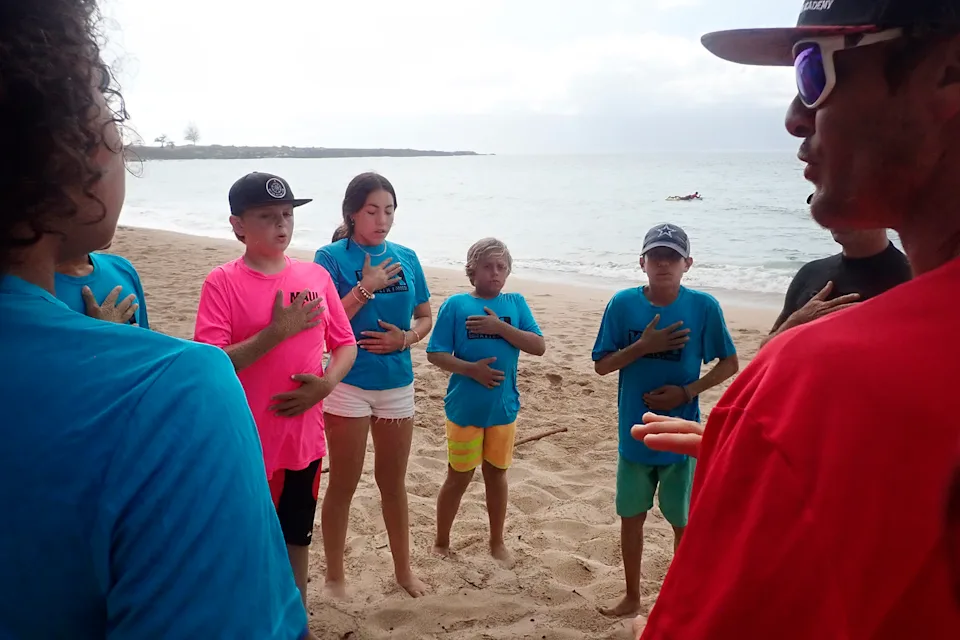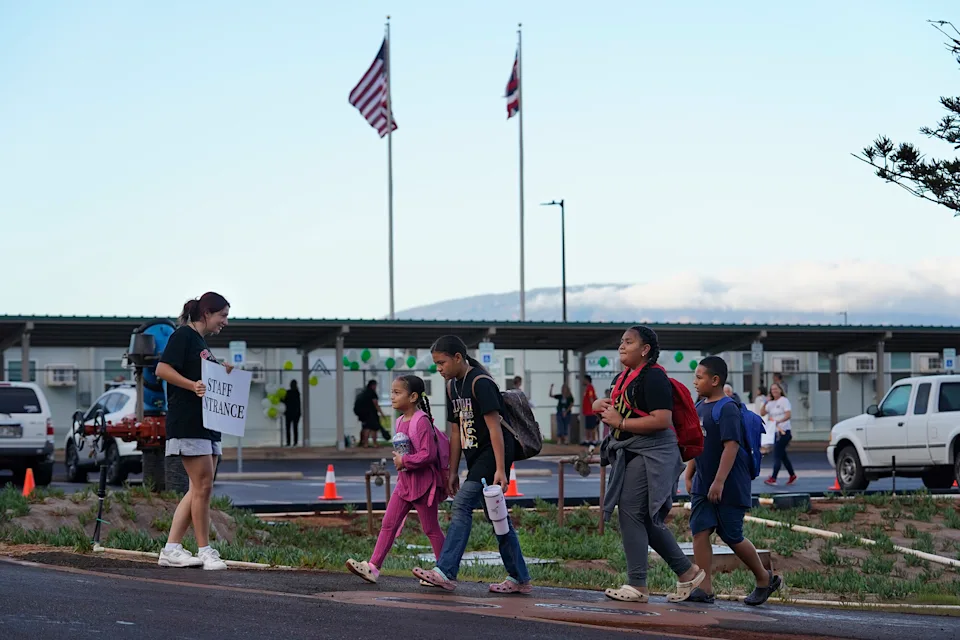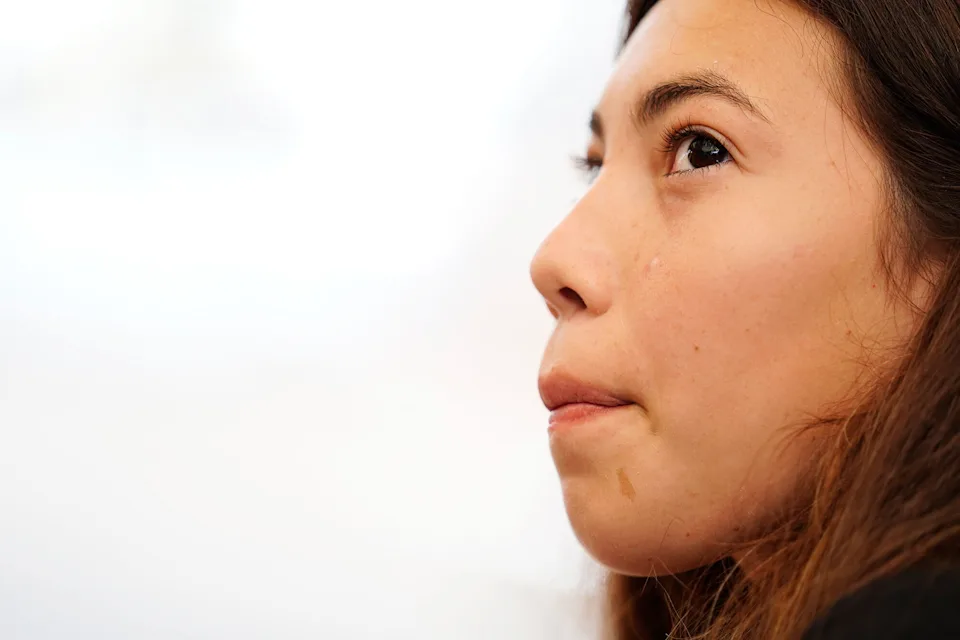Youth in Maui Face Ongoing Mental Health Strains Two Years Post-Wildfires
15.09.2025
Two Years After the Maui Wildfires, Youth Mental Health Struggles Persist
Lingering Pain After the Fires
When the 2023 wildfires destroyed Lahaina, many students lost more than just their homes. Mia Palacio, one of the survivors, described feeling cut off from family and friends, overwhelmed by grief and displacement. Moving between schools only deepened her isolation until she finally sought support near the first anniversary of the tragedy.
She is one of hundreds of young people in Maui grappling with trauma. According to Hawaii’s Department of Education, over a third of local students either lost loved ones, sustained injuries, or had parents lose jobs due to the disaster that killed 102 people and damaged thousands of properties.
Mental Health Two Years On
Experts say it’s common for the psychological toll to intensify two years after a disaster. Christopher Knightsbridge of the University of Hawaii noted that initial numbness often gives way to lasting stress and uncertainty. As adrenaline fades, students begin to feel the weight of instability more profoundly.
But schools are not always prepared with additional mental health support at this stage. Maui, in particular, faces a severe shortage of specialists, with the number of youth psychiatrists dropping from four to just two in recent years.

Personal Struggles With Anxiety
For many teens, the fear hasn’t disappeared. DayJahiah Valdivia, a senior at Kīhei Charter School, still experiences heightened stress during windy days or small brush fires. Her family’s home survived the 2023 blaze in Upcountry Maui, but soot and damage kept them out for months. While discussing future evacuation plans helped ease some anxiety, every new fire reignites her fears.
A University of Hawaii survey in 2024 found that over half of child survivors reported symptoms of depression, nearly one-third showed signs of anxiety disorders, and close to half were experiencing PTSD.
Lessons From Other Disaster Zones
Maui’s story mirrors that of Paradise, California, which was devastated by the 2018 Camp Fire. Years after the blaze, students there continue to struggle academically and emotionally. High suspension and absentee rates remain above state averages, underscoring how long-lasting disaster trauma can be for youth.
Similarly, in Maui, teachers noticed students withdrawing, skipping in-person classes, or failing to retain lessons as they shifted between temporary housing and online learning. “They just sort of vanished,” said Lahainaluna High School teacher Jarrett Chapin.
Shortages of Mental Health Providers
The island’s mental health workforce was limited even before the fires, and the disaster only made recruitment harder due to Maui’s high living costs and housing shortages. Federal funds have helped expand support services, but many positions remain unfilled. Some students now face months-long waits just to see a psychiatrist, relying instead on telehealth providers from other islands.
Overcoming Stigma and Seeking Support
Nonprofits and counselors are trying new approaches to reach students who resist traditional therapy. Programs like the Maui Hero Project use outdoor activities, team-building, and cultural practices to help teens cope with grief. Social worker Loren Lapow encourages youth to connect with nature and talk about what triggers their fears, such as smoke or memories of destroyed landmarks.
Still, cultural stigma around therapy remains strong in communities such as Filipino and Latino families, making many children reluctant to open up. Research shows these groups face some of the highest rates of anxiety, depression, and PTSD symptoms after the fires.

Youth Leadership and Cultural Healing
To counter this, Hawaii has launched peer-to-peer initiatives like YouthLine, training teens to handle crisis calls. Meanwhile, young leaders such as Keakealani Cashman are turning to Native Hawaiian traditions to heal. After losing her home, she explored how cultural ties to land and ancestry could support recovery. That project not only improved her own well-being but inspired her to pursue a career in behavioral health for Native Hawaiian schools.
“This terrible event changed my life,” Cashman said, “but I can choose to use it to help my family, my school, and my community.”







Leave a Comments